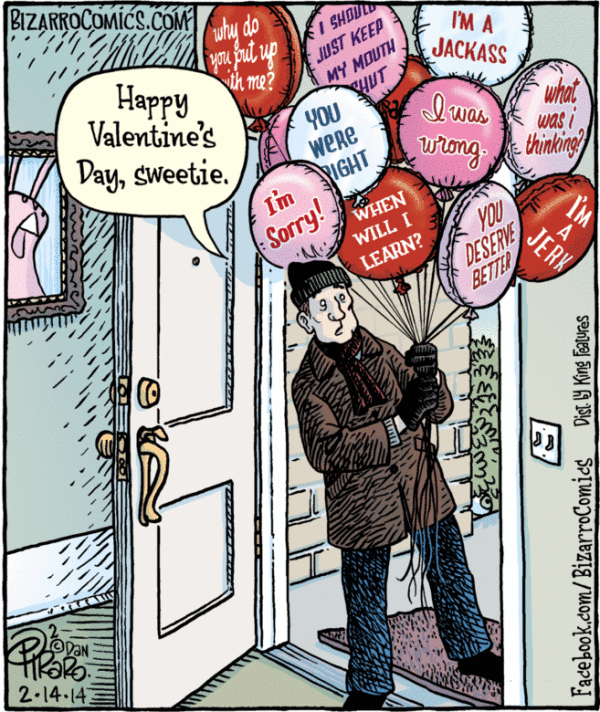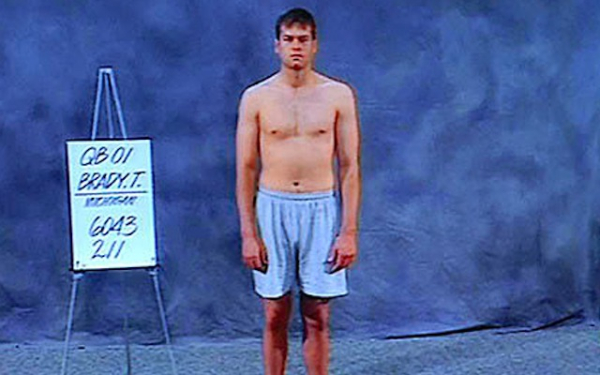Last week, the Perseverance rover landed on Mars. It's not the first time we've landed a rover on Mars, but it's still incredible to see.
via NASA Jet Propulsion Laboratory
It's a feat of engineering and human will. It's also a good reminder.
History is littered with tales of once-rare resources made plentiful by innovation. The reason is pretty straightforward … scarcity is often contextual.
Imagine a giant orange tree packed with fruit. If you pluck all the oranges from the lower branches, you are effectively out of accessible fruit. From that limited perspective, oranges are now scarce. But once someone invents a piece of technology called a ladder, the problem is solved.
When we first went to the moon, calculators referred to people charged with doing the complex math needed for the Rocket to make it into Space (rather than the device that could do the math instantly with no errors) and the computing power it took to get to the moon took up many rooms at NASA.
In comparison, you now have dramatically more computing power in your pocket than NASA used to get to the moon.
Likewise, we now have people living in space, posting videos from the ISS, and the ability to stream high-resolution images (and even movies) of space and galaxies near and far.
What was once scarce and unobtainable has become abundant and accessible. It is a story repeated countless times.
Still, as humans, we're wired to think locally and linearly. We evolved to live our lives in small groups, to fear outsiders, and to stay in a general region until we die. We're not wired to think about the billions and billions of individuals on our planet, or the rate of technological growth – or the minuteness of all that in contrast to the expanse of space.
Nonetheless, we have created better and faster ways to travel, we've created instantaneous communication networks across vast distances, and we've created megacities. Our tribes have gotten much bigger – and with that, our ability to envision and enact massive change has grown as well.
Our quest to conquer Space became the poster child for a type of innovation we now call "moon shots". While 'moon shot' originally meant "long shot," it's increasingly being used to describe a monumental effort towards a lofty goal — in other words, a "giant leap."
Today, with technology as a catalyst, we see those leaps happen in many areas (like A.I., medicine, longevity, space exploration, etc.).
It's hard to comprehend the scale of the universe or the scale of our potential … but that's what makes it worth exploring.
Pretty cool!
Onwards!!


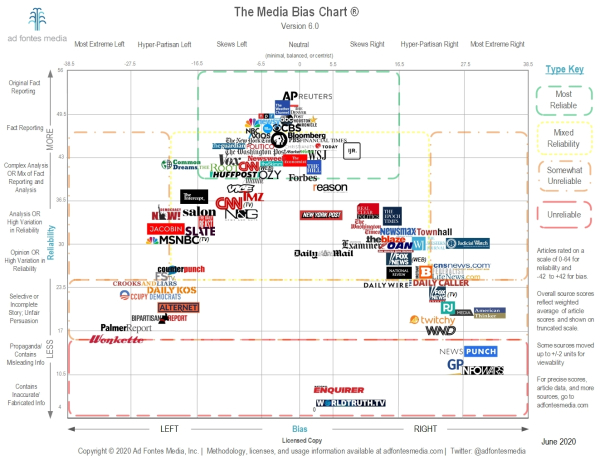

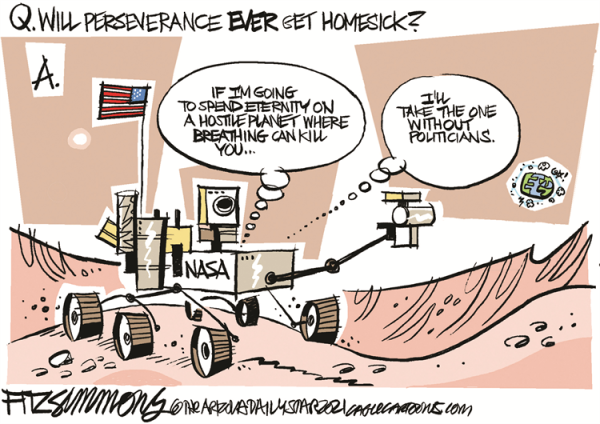
 via Joe Raedle/Getty Images
via Joe Raedle/Getty Images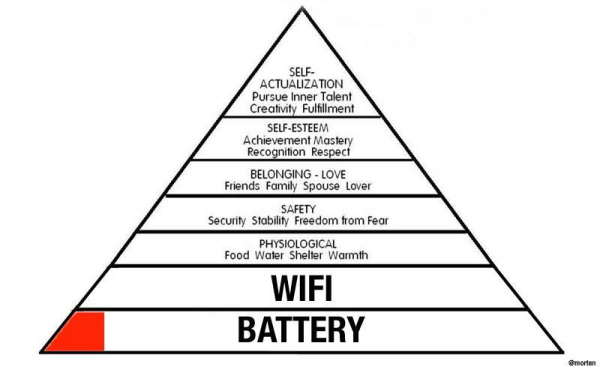

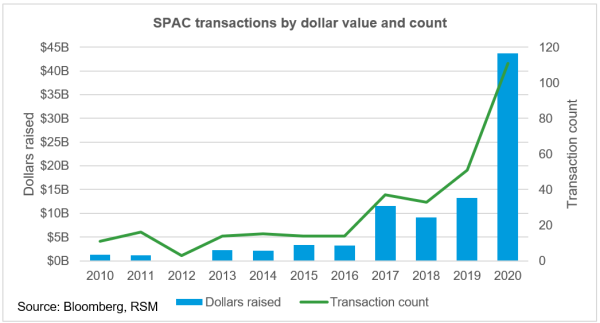 via
via 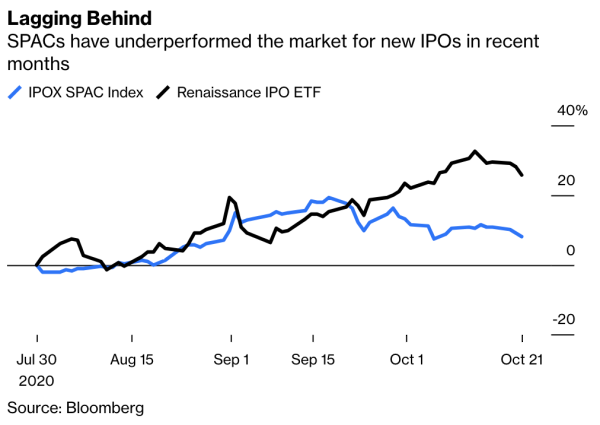 via
via 